The Resignation of Stanford’s President Shows the Importance of Student Journalism
An interview with the Daily reporter Theo Baker, who helped expose manipulation of scientific data in research papers by Stanford President Marc Tessier-Lavigne.
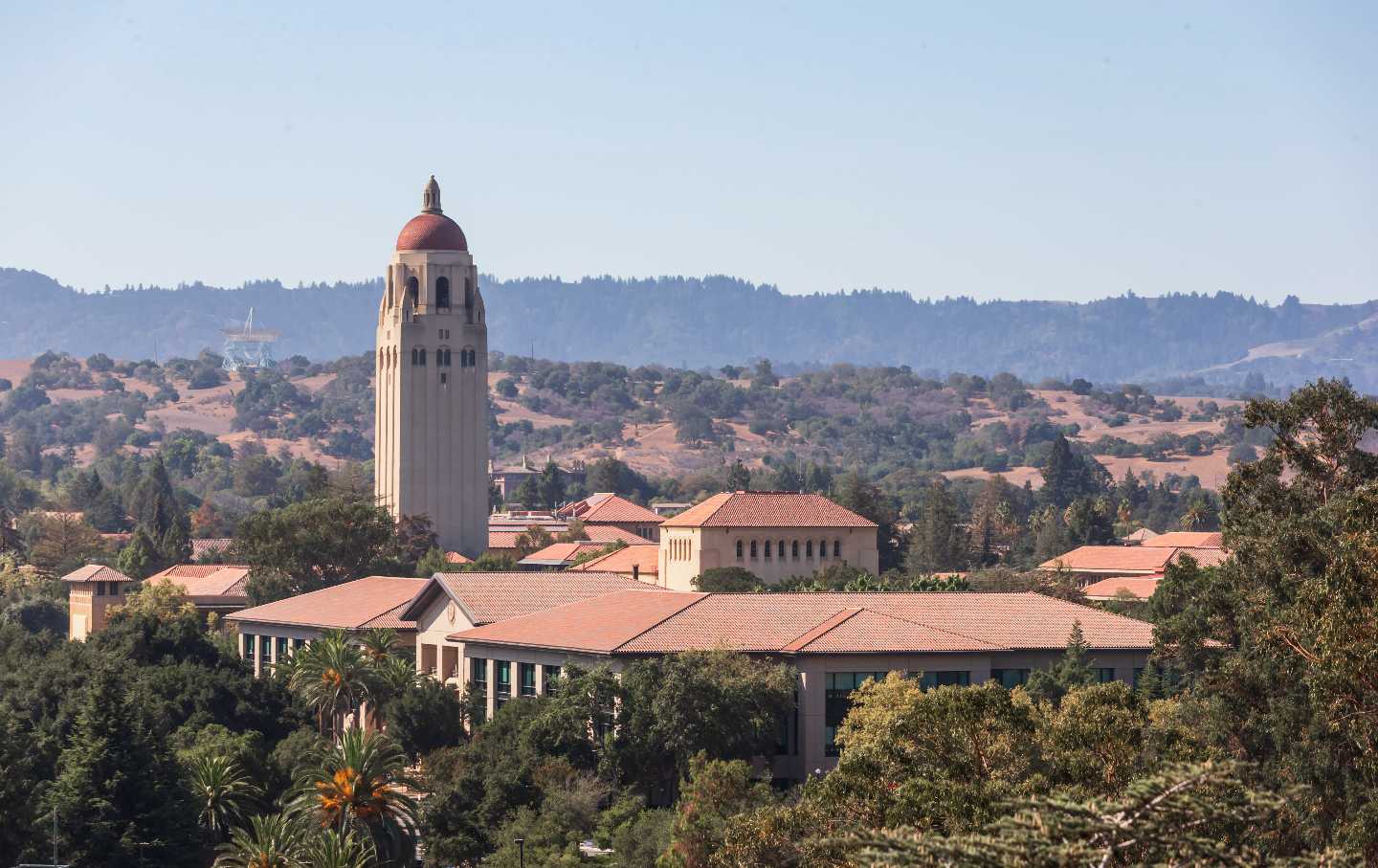
A view of the campus of Stanford University.
(David Madison / Getty Images)On July 19, Stanford President Marc Tessier-Lavigne resigned from his position after an extensive investigation by the university’s student-run newspaper exposed manipulation in his scientific research.
As a rising junior at Stanford and an editor for The Stanford Daily, I watched my fellow classmates work diligently to report such intense and impactful coverage that directly questioned university leadership. Along with our reporting and editing team, Daily reporter Theo Baker worked for months to produce an article in November 2022 exposing that Tessier-Lavigne was being investigated for scientific misconduct after manipulated imagery was found in scientific research that he was the lead author on.
Immediately after this initial article was published, the university announced their own investigation into the allegations. Stanford determined that “Tessier-Lavigne failed to decisively and forthrightly correct mistakes in the scientific record,” ultimately leading to his resignation. Tessier-Lavigne will now have to retract or issue lengthy corrections to five widely-cited papers.
This resignation comes weeks after The Northwestern Daily—Northwestern University’s student-run newspaper—published an investigation of hazing within the school’s football team, resulting in the firing of the head coach. As local news continues to decline, it’s clear that student journalism is more critical than ever, ensuring that university leadership does not remain unchecked. I sat down with Baker to discuss his coverage as well as the importance of college journalism.
This conversation has been edited and condensed for clarity.
ITZEL LUNA: Reporting for a school paper can be very different from a traditional news outlet. Could you walk me through how you got tipped off for this story about MTL and how you and your editors chose to approach the coverage given your unique position as a student?
THEO BAKER: What we started with is actually what anyone could have started with in 2015—if they actually looked into it. We started with these whisperings on online forums that people were looking at this published data and saying, ‘hmm, this looks like it’s been spliced together to show something that wasn’t originally there.’ And so we took those rumors and we went and worked with professional forensic analysts to put out the first story and take that from rumor to reporting.
Obviously, you’re so right to say that as a student paper, you’re in a different position than other news organizations. That means that at first people won’t take your calls at all because you don’t have that built-in credibility. We had to start with what was effectively an open-source investigation, starting with things that were already public and hidden in plain sight. We had to establish that credibility from nothing rather than being a news organization that people are automatically trusting.
IL: Student journalism is very unique, especially because it isn’t an official job and often isn’t paid. How did you go about uncovering something that nobody else was really looking at, but also at the same time managing your schoolwork?
TB: It’s tough. At the end of last quarter, I was technically working three different jobs. I came to Stanford because I wanted to experience the opportunities that this place can afford, so I wasn’t going to put that aside for one story. I was here for a reason—to try to explore and make the most of it. I tried to do a bunch of other stuff outside of this.
I’ve spent well over a thousand hours sourcing these MTL stories. I was working more than a full-time job, especially at the height of this. I worked several 80 to 100-hour weeks in a row just trying to get one of these stories out. There are a lot of aphorisms that might or might not actually hold water, but the idea that ‘if you do what you love, you will never work a day in your life,’ some part of that holds true. It was worth doing and if I wasn’t going to do it, it wasn’t going to be done. So that motivated me to just really put my head down and get to work.
IL: Did you receive any kind legal threats or pushback from the University because of your coverage? How did you navigate that as a student?
Popular
“swipe left below to view more authors”Swipe →TB: Marc Tessier-Lavigne hired Steven Neal, who’s the chair emeritus of Cooley, one of the top three law firms out there. He sent a number of really aggressive letters requesting retractions, trying to block the publication of future articles detailing Tessier-Lavigne’s participation in alleged fraud. So obviously that is not a fun position to be in where the president of the university is directly coming after work that you’re doing. He also posted a few public messages, one of which was sent to all faculty and staff, blasting my reporting as “breathtakingly outrageous” and “replete with falsehoods.” And that’s going to every one of my professors. These are people who I have to interact with and deal with. It’s just a stressful position. We were lucky that we had a fantastic team of lawyers and journalistic advisers who work with the Daily from [The New York] Times and [The Washington] Post, who stood by us and made sure we could keep publishing. They helped make sure that the work that we were doing was thorough, was fair, was comprehensive, and was ready to publish.
IL: We’re about eight months out from that first initial article being published. You’ve written over a dozen follow-ups since then. Thinking back to when that first initial article came out, how did it feel? What was the student community’s reaction?
TB: It was nerve-racking. I’d been working on that piece for about a month and a half. For that first story, a lot of people were scared to have their names associated with it. I mentioned that we talked to a number of forensic image analysts and they all effectively had the same analysis. But a few of them would only be quoted on background because they said “Marc Tessier-Lavigne is a powerful man. I don’t want to go on record opposing him.” We were lucky that Elizabeth Fick, who is really the world’s foremost image manipulation investigator, was willing to talk on the record and quite in-depth from the start.
IL: After Stanford announced that they were launching an independent investigation that arose directly from your coverage, how did you keep pursuing the story?
TB: There was never a conversation like, ‘Okay, well, we’re gonna stop.’ Especially because the investigation that they announced wasn’t independent at first, and that became a whole other thing for us to report on. We learned very quickly that one of the people appointed to investigate had an $18 million investment in Tessier-Lavigne’s company. Even the very first announcement about the investigation came in a statement that also praised Tessier-Lavigne’s integrity and honor. That sets off a lot of alarm bells because when you’re announcing an investigation into someone over whether or not they have been honest, and you say in announcing that investigation that you already think that they’re honest, it makes some people nervous.
I don’t think we were ever going to drop this and not try to keep getting out the story. At that point, there were still a lot of unanswered questions. Even now, there are some remaining. Our job was to try to make sure people can be as informed as possible and be able to accurately assess what really happened and what his role was.
IL: How have you gone about navigating some of these stories that have such an immense impact on our campus, while being a part of that community and still having to navigate social life?
TB: It’s not always fun, especially because I started doing this so quickly into my first year. I didn’t have a huge opportunity to build up my own community first. I was meeting a lot of people who already had interacted with my reporting before I had interacted with them.
I don’t report because I want my name on the articles—which isn’t to say that I’m not proud of the work or I don’t feel confident in it. But I would rather the story be the story. I’m doing what I think is important and reporting stories that I think are important to the community. So at the end of the day, if you have a principle you stick to it. In my case, I think it’s important to push places like Stanford to be more transparent, especially if you care about them.
IL: Talk to me more about what the Daily means to you and how you chose to get involved. How have you found community within the Daily at Stanford?
TB: I was really close to my grandfather. We talked every day and he passed about two weeks before I started at Stanford. He was a lawyer. He was never a professional journalist, but that man would talk all the time about student journalism, about how much he loved it in college. It was probably the thing I heard him talk most about in his life. He spent two summers reporting at local papers. He reported in college. Joining the Daily felt like something I could do to be connected to him and his memory.
The fact that the Daily is celebrating its 50th year of independence this year is very poetic, because this is such an important story about how independent student journalism will raise questions that others won’t and will keep pushing for transparency in the community.
IL: It’s also important to note, especially as a student journalist myself, how it isn’t always about uncovering these breaking stories. As you know, a lot of student journalism is attending the senate meetings and covering the student groups, and really being the only entity that’s keeping an eye on university business.
TB: You’re right on the mark there. Student journalism is really a high form of public service journalism. It’s not about these big stories. It’s about the constant work that’s being done by thousands and thousands of people across the country. Little to no pay, often with a lot of pressure, without a lot of support—and usually for no recognition.
The fact that people are willing to make sacrifices to keep doing that work is super important because it’s so vital to have these independent watchdogs on campus. I think student journalism can be a really powerful experience for anyone who wants to do it, even if you have no intention of being a journalist. It helps expose you to more perspectives. You can learn how to write. Student journalism is a really good way of asking a lot of questions to a lot of people. The more you ask questions, the better you get at it.
It’s so important to have papers across the country doing this sort of work. There have been some big stories in the last year with Northwestern, The Harvard Crimson, and the Columbia Daily Spectator. They held strong with their reporting. It showcases the amount of pressure that student journalists face when they try to ask questions of these people in more powerful positions. The fact that it is happening around the country is a testament to the number of people who want to see that sort of work done.
More from The Nation
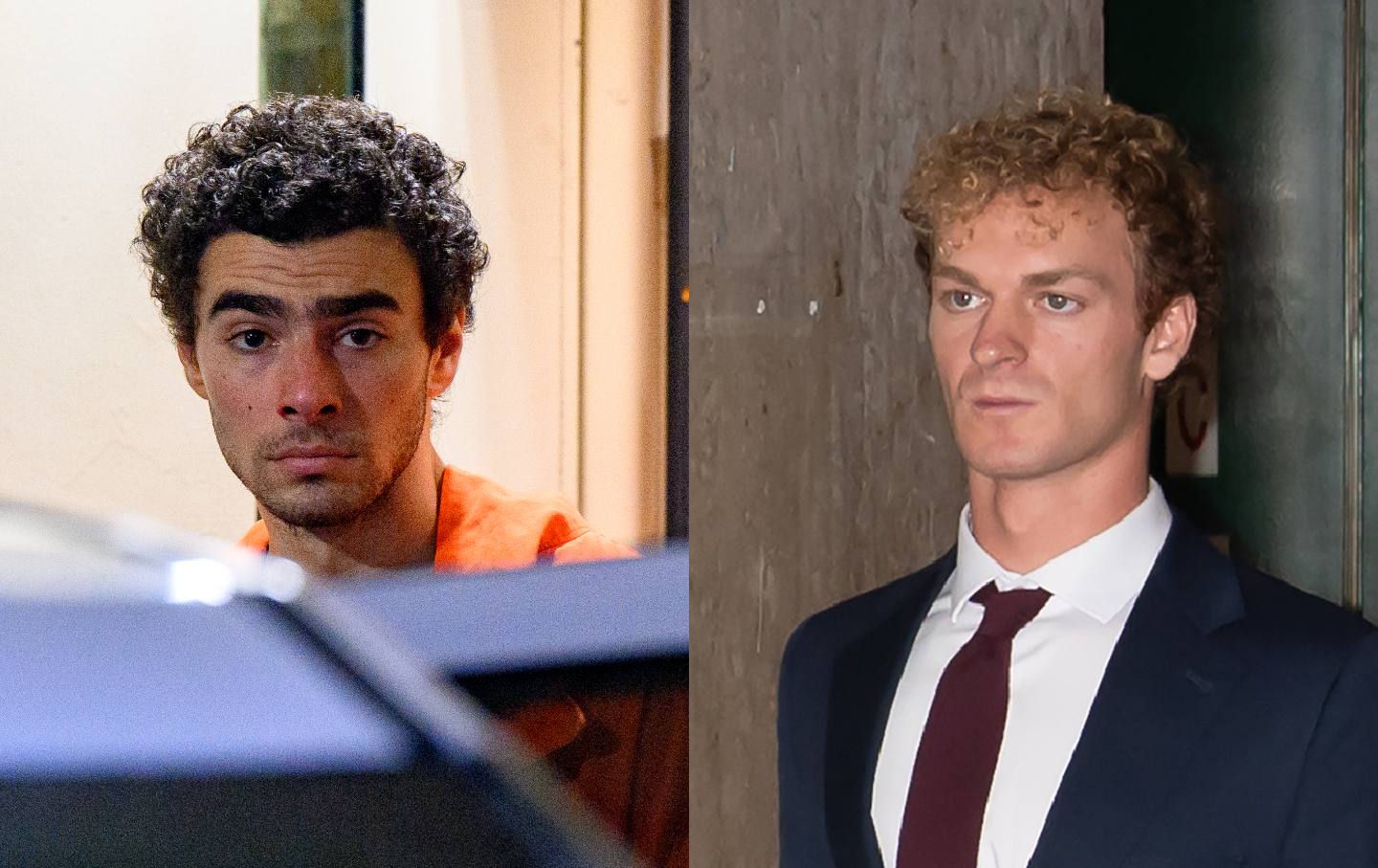
What Luigi Mangione and Daniel Penny Are Telling Us About America What Luigi Mangione and Daniel Penny Are Telling Us About America
When social structures corrode, as they are doing now, they trigger desperate deeds like Mangione’s, and rightist vigilantes like Penny.
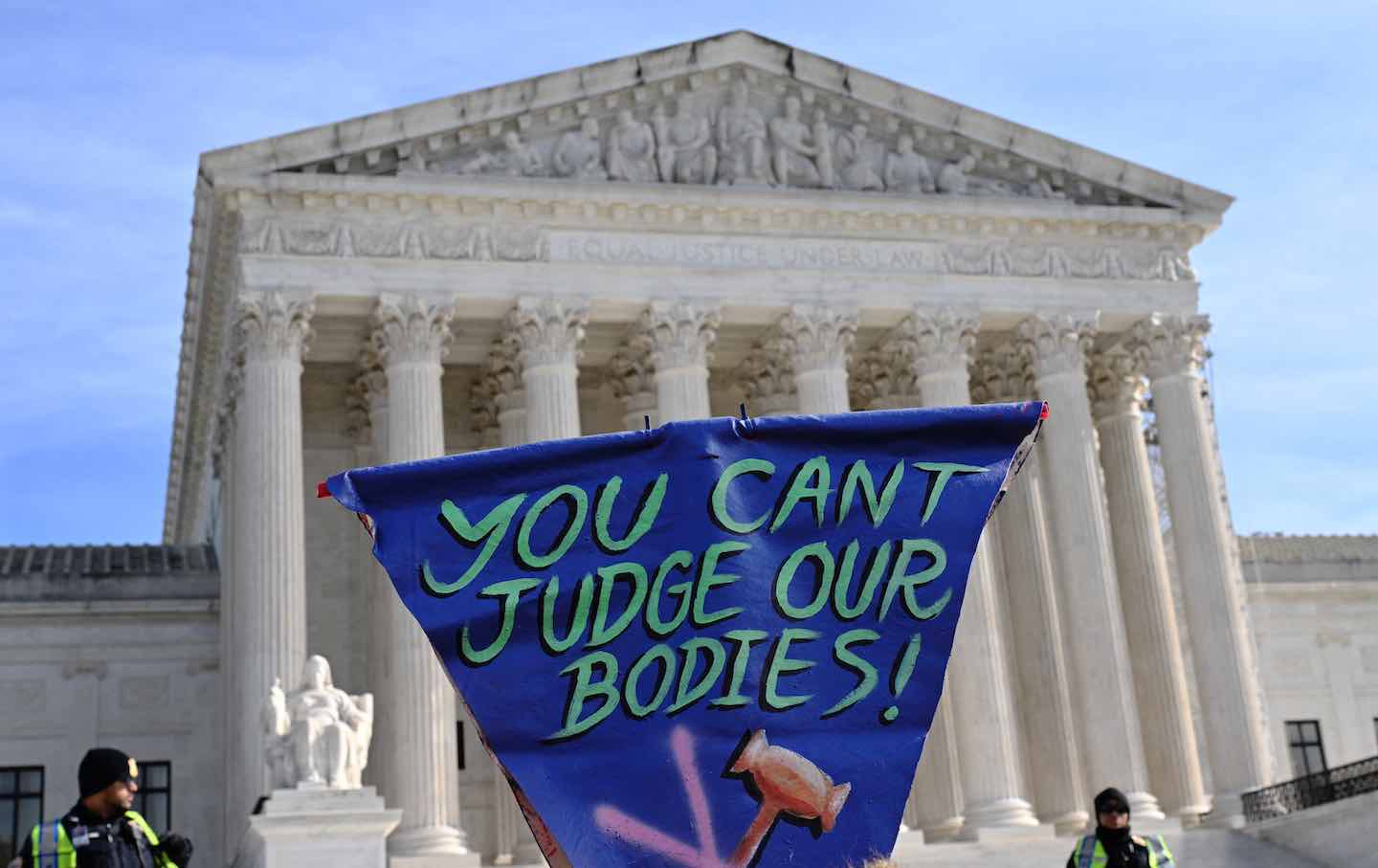
Banning Trans Health Care Puts Young People at Risk of Harm Banning Trans Health Care Puts Young People at Risk of Harm
Contrary to what conservative lawmakers argue, the Supreme Court will increase risks by upholding state bans on gender-affirming care.
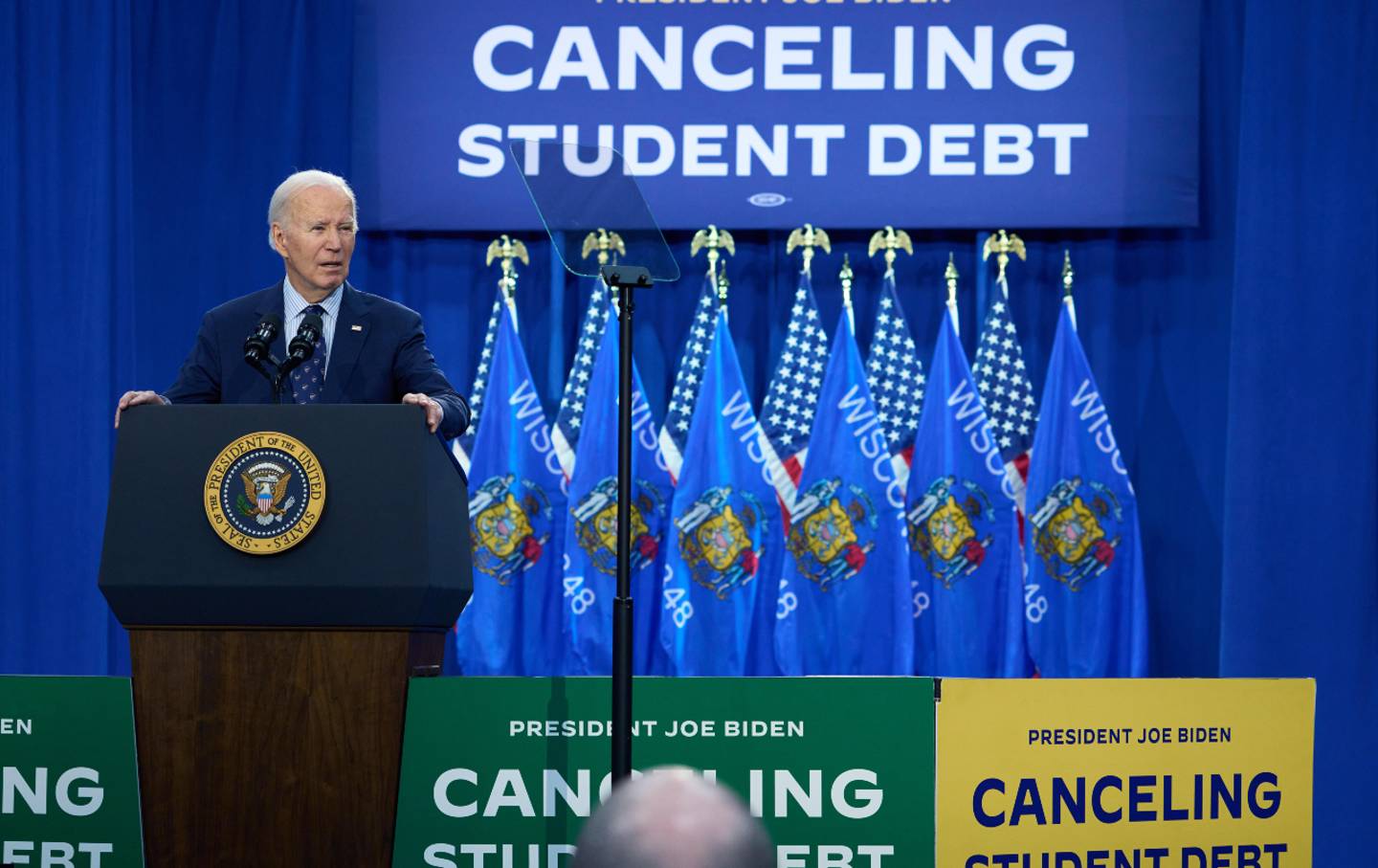
It’s Still Not Too Late for Biden to Deliver Debt Relief It’s Still Not Too Late for Biden to Deliver Debt Relief
Four years after hearing the president promise bold action on student debt, most borrowers are still no better off, and many—especially defrauded debtors—are measurably worse off....

It’s Been a Tough Year. Let’s Help Each Other Out. It’s Been a Tough Year. Let’s Help Each Other Out.
There may be a dark shadow hanging over this year’s holiday season, but there are still ways to give to those in need.
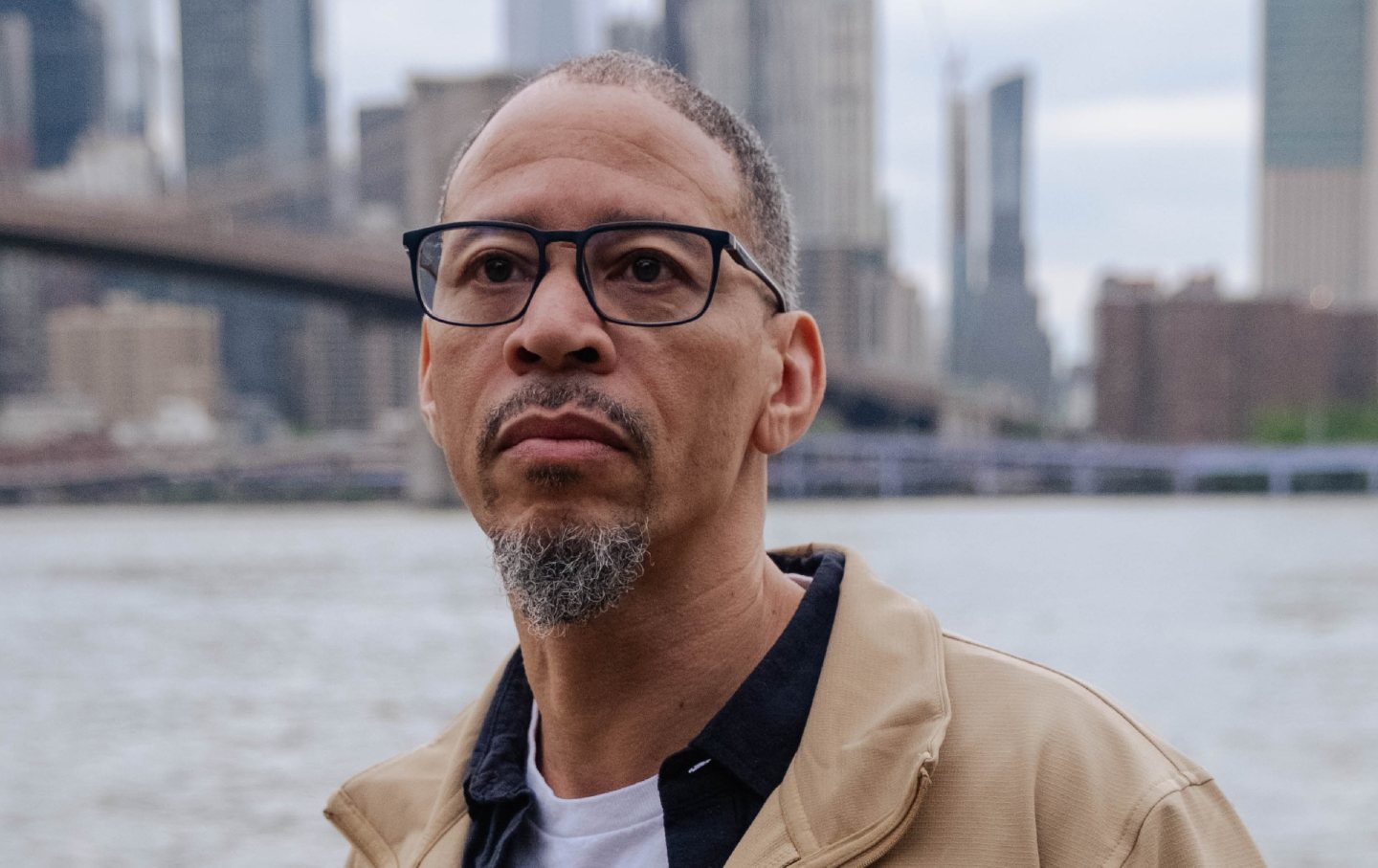
Prison Journalism Is Having a Renaissance. Rahsaan Thomas Is One of Its Champions. Prison Journalism Is Having a Renaissance. Rahsaan Thomas Is One of Its Champions.
Thomas and his colleagues at Empowerment Avenue are subverting the established narrative that prisoners are only subjects or sources, never authors of their own experience.
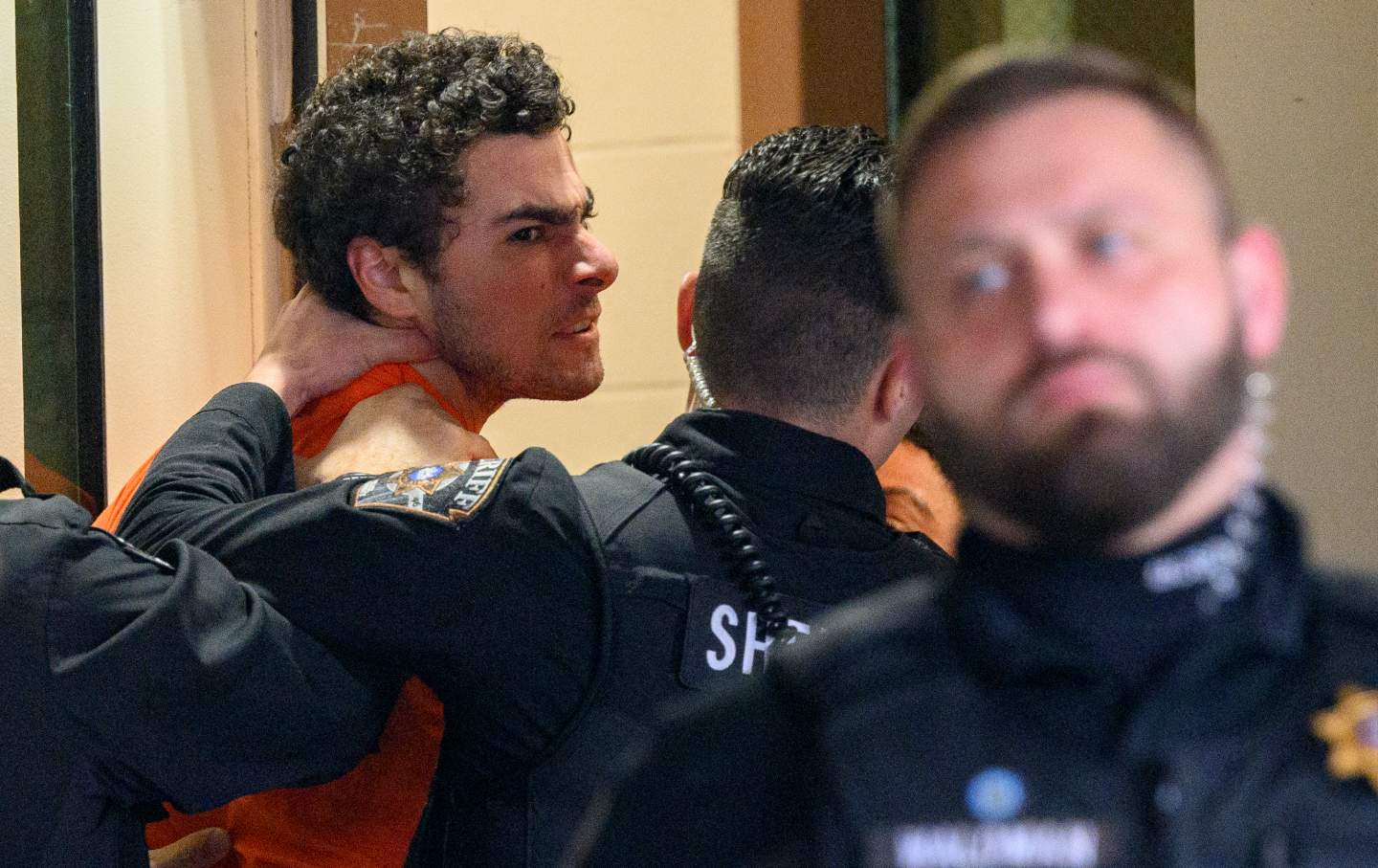
Luigi Mangione Is America Whether We Like It or Not Luigi Mangione Is America Whether We Like It or Not
While very few Americans would sincerely advocate killing insurance executives, tens of millions have likely joked that they want to. There’s a clear reason why.


